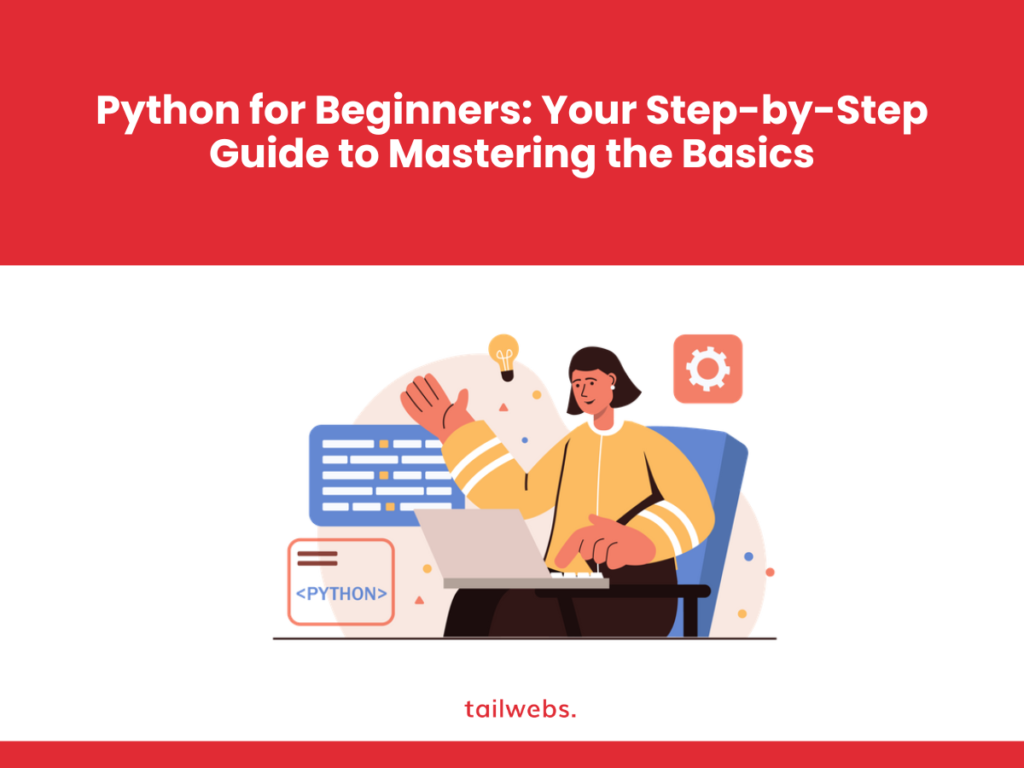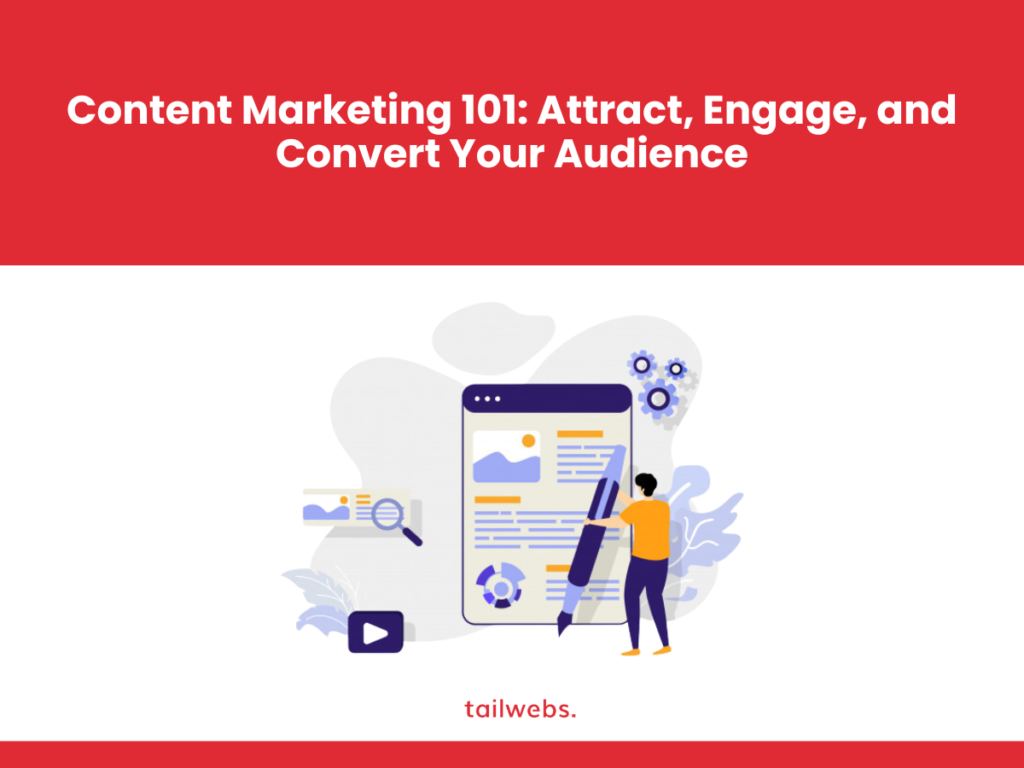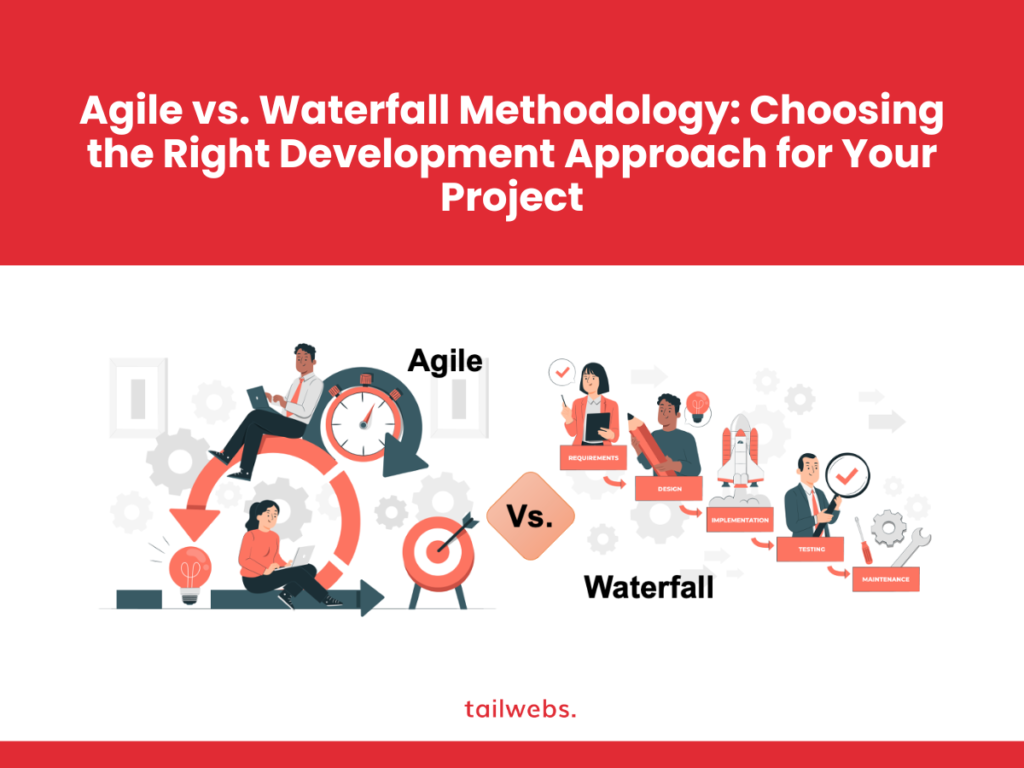Navigating the Data Privacy Labyrinth: GDPR and CCPA Compliance in a Shifting Landscape
In today’s data-driven world, protecting personal information is paramount. With regulations like the General Data Protection Regulation (GDPR) and the California Consumer Privacy Act (CCPA) shaping the data privacy landscape, organizations are navigating a complex labyrinth of compliance requirements. Fear not, intrepid privacy champions! This guide will equip you with the knowledge and tools to confidently traverse this evolving terrain, ensuring your organization emerges not just compliant, but also fostering trust and respect for your users’ data.
Why Data Privacy Compliance Matters:
Protecting Individuals:
Data privacy regulations empower individuals to control their personal information, fostering trust and transparency.
Reducing Legal Risks:
Non-compliance can lead to hefty fines, reputational damage, and lawsuits.
Building Trust and Brand Loyalty:
Demonstrating strong data privacy practices builds trust and enhances brand reputation.
Maintaining Global Market Access:
Operating in regions with data privacy laws necessitates compliance for continued market access.
Future-Proofing Your Business:
Embedding data privacy practices into your operations prepares you for future regulations and evolving best practices.
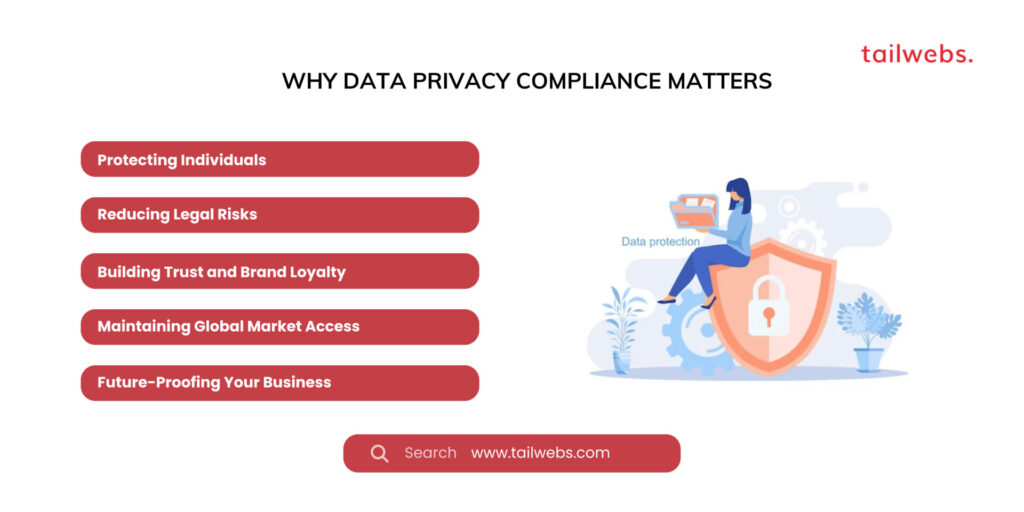
Stats Highlighting the Importance of Compliance:
- The average cost of a data breach is $4.24 million. (IBM Security, 2023)
- GDPR fines can reach up to €20 million or 4% of global annual turnover, whichever is higher. (European Commission)
- CCPA violations can incur penalties of up to $7,500 per violation. (California Attorney General)
- 83% of consumers globally are concerned about how businesses use their data. (PwC, 2023 Global Consumer Insights Survey)
GDPR vs. CCPA: Understanding the Key Differences:
Scope:
GDPR applies to organizations processing the personal data of EU residents regardless of location, while CCPA applies to businesses collecting data from California residents.
Data Subject Rights:
Both regulations grant individuals rights to access, rectify, erase, and restrict processing of their data. GDPR offers additional rights like data portability and objecting to automated processing.
Consent Mechanism:
GDPR requires explicit consent for data processing, while CCPA allows opt-out options for data sales and sharing.
Enforcement:
GDPR enforcement involves data protection authorities in each EU member state, while CCPA enforcement rests with the California Attorney General.
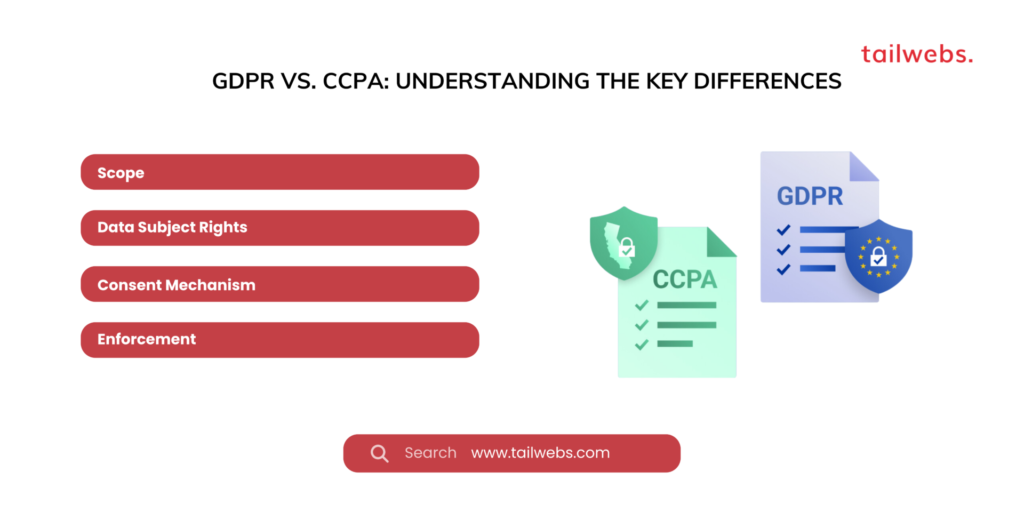
Building Your Data Privacy Fortress: Key Compliance Pillars
Data Mapping and Inventory:
Identify and categorize all personal data you collect, store, and process.
Data Subject Rights Requests (DSRRs):
Implement processes to handle data subject access, rectification, erasure, and other requests effectively.
Consent Management:
Obtain and manage consent for data collection and processing based on the specific requirements of each regulation.
Data Security:
Implement robust security measures to protect personal data from unauthorized access, disclosure, or misuse.
Data Breach Notification:
Have a plan in place to notify authorities and individuals promptly in case of a data breach.
Recordkeeping and Documentation:
Maintain detailed records of your data privacy practices and compliance efforts.
Recommended Tools and Resources:
Data Mapping and Inventory Tools:
Tools like OneTrust DataMapper and Privitar Data Discovery automate data identification and classification.
DSRR Management Platforms:
Solutions like iubenda and TrustArc offer tools to manage and respond to data subject rights requests efficiently.
Consent Management Solutions:
Tools like Cookiebot and Usercentrics facilitate consent collection and management across various channels.
Data Security Solutions:
Security Information and Event Management (SIEM) systems like Splunk and Palo Alto Networks Cortex XDR provide continuous security monitoring and threat detection.
Data Breach Response Platforms:
Solutions like AlertLogic and Crowdstrike offer comprehensive assistance with breach notification and incident response.
Compliance Resources:
The websites of the European Commission and the California Attorney General offer official guidance and resources for GDPR and CCPA compliance.
Challenges Navigating the Maze:
Keeping Up with Evolving Regulations:
Data privacy regulations are constantly evolving, requiring continuous monitoring and adaptation.
Understanding Complex Requirements:
Interpreting the intricate details of both regulations can be challenging, especially for smaller organizations.
Integrating Compliance into Existing Processes:
Integrating data privacy practices into existing business processes can be complex and time-consuming.
Balancing Privacy with Business Needs:
Striking a balance between protecting privacy and using data for legitimate business purposes requires careful consideration.
Managing Costs and Resources:
Implementing robust data privacy practices requires investment in tools, training, and personnel.
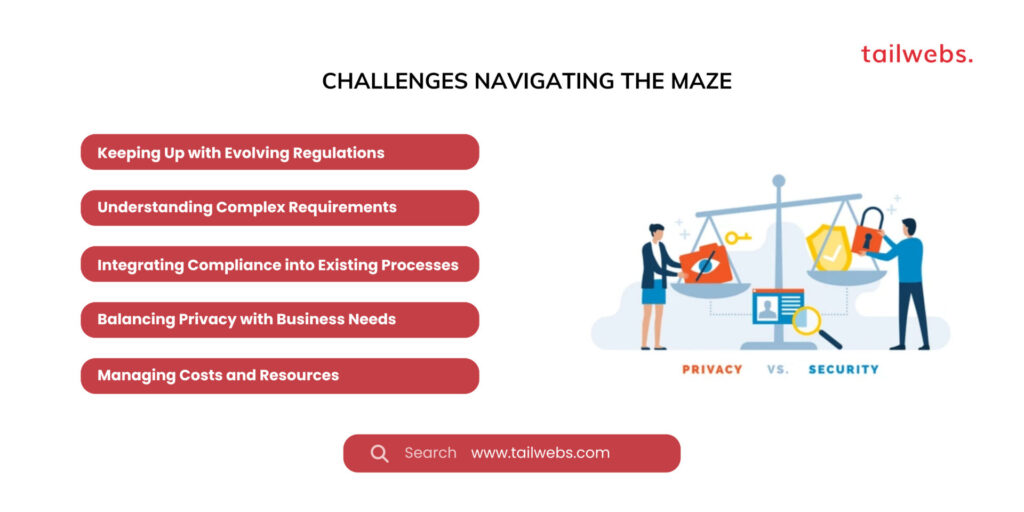
Building a Collaborative Bridge: Working Together for Stronger Privacy
Conquering these challenges demands a collaborative effort:
IT Security Teams:
Implement technical controls, manage data security, and respond to data breaches.
Legal Teams:
Ensure compliance with legal and regulatory requirements and advise on data privacy best practices.
Marketing and Communications Teams:
Develop clear and transparent data privacy policies and communicate them effectively to users.
Product Development Teams:
Integrate data privacy considerations into product design and development processes.
Human Resources:
Conduct privacy awareness training for employees and address data privacy concerns.
Third-Party Vendors:
Choose vendors with strong data privacy practices and ensure compliance through contractual agreements.
Industry Associations and Regulatory Bodies:
Participate in industry discussions and engage with regulatory bodies to stay updated and contribute to shaping future data privacy landscape.
By working together and fostering a culture of data privacy awareness within your organization, you can bridge the gap between compliance and building trust with your users.
Here are some additional tips to ensure your collaborative efforts shine brightly in the ever-evolving data privacy landscape:
Promote a Culture of Privacy by Design:
Embed data privacy considerations into every aspect of your operations, from product development to marketing campaigns.
Empower Employees with Knowledge:
Conduct regular data privacy training and awareness programs for all employees, regardless of their role.
Communicate Transparency with Users:
Provide clear and easily understandable privacy policies that explain how you collect, use, and protect data.
Respect User Choice:
Offer meaningful choices and control over how their data is used, going beyond the minimum requirements of regulations.
Continuously Monitor and Improve:
Regularly assess your data privacy practices, identify areas for improvement, and adapt to evolving regulations and technologies.
Remember, data privacy is not just a compliance issue; it’s a fundamental right and a core value that builds trust and fosters positive relationships with your users. By embracing a collaborative approach, prioritizing transparency, and constantly striving for improvement, you can become a leader in responsible data stewardship in the ever-changing data landscape. So, embark on this noble quest for strong data privacy practices, join forces with your team and stakeholders, and together, build a future where trust and respect for individual privacy reign supreme.


